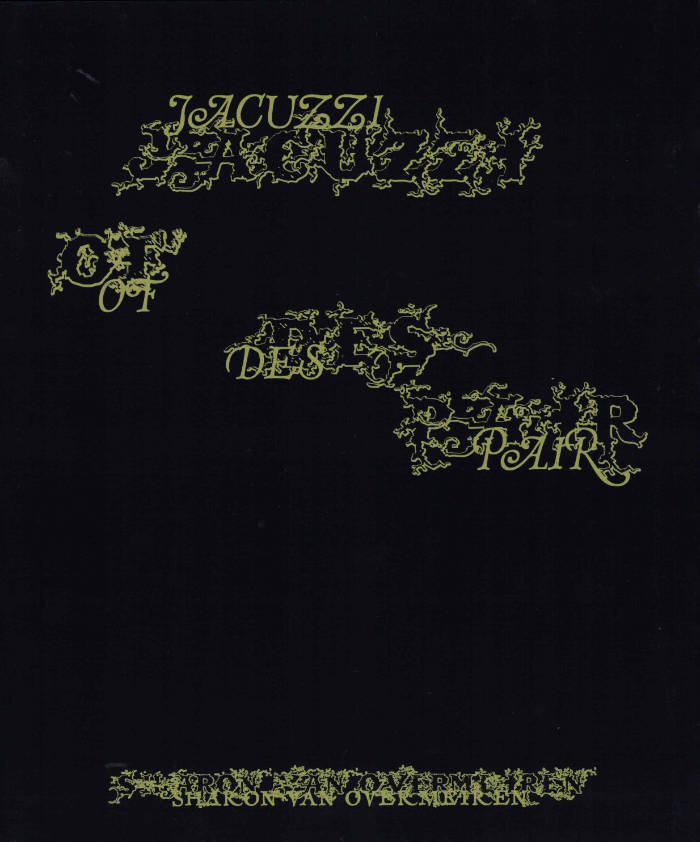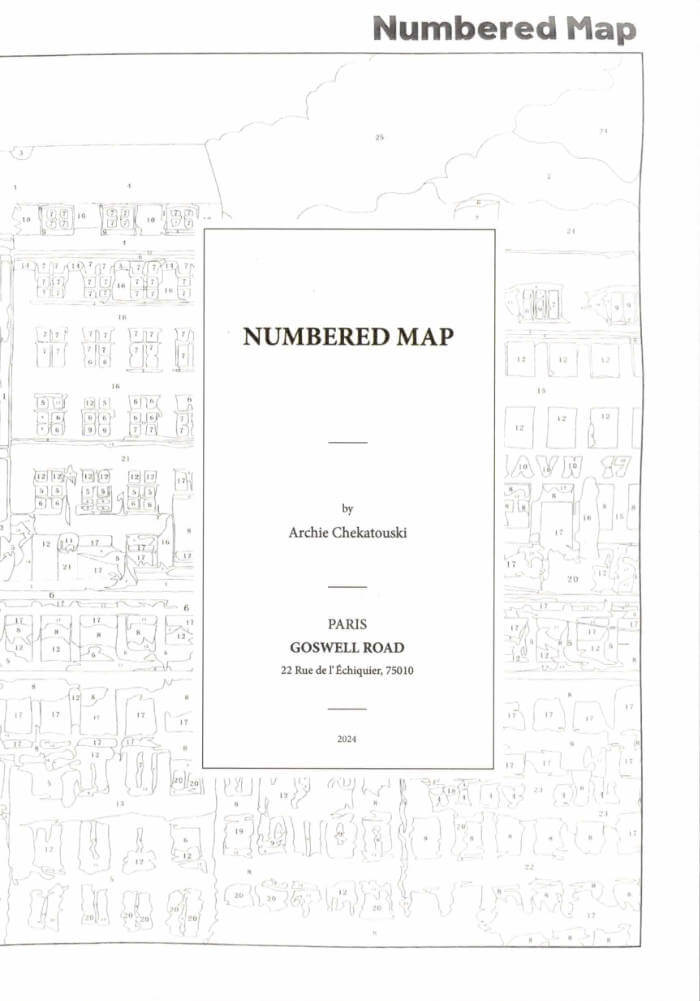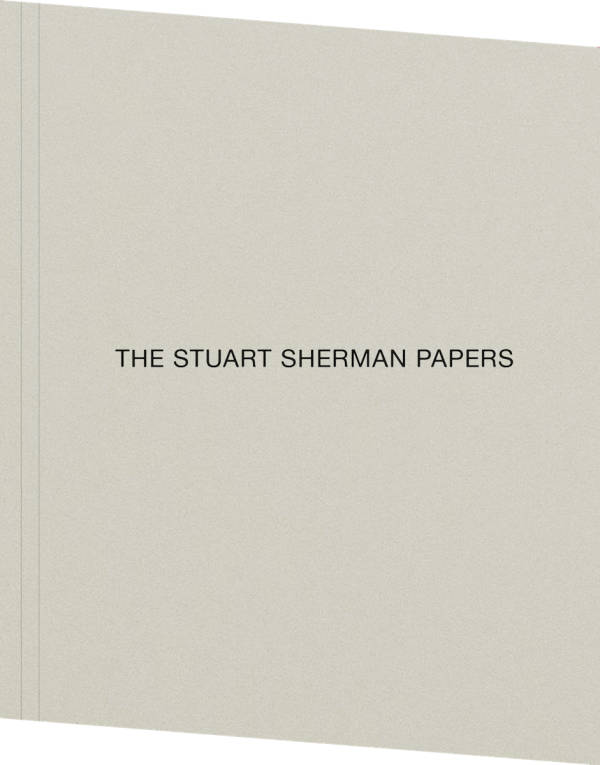There are countless ways to interpret death, and The Jacuzzi of Despair does not aim to add to them. Instead, it fizzes, swirls, weeps, and sweeps—an unsettled current of images and arrangements, placing Sharon Van Overmeiren's sculptures within a strange narrative of mortality and rebirth. Born from a collaboration with graphic designer Nana Esi, the publication refracts Sharon's work through a series of familiar yet elusive aesthetic mechanisms: from the speculative and ritualistic to the archival and surreal, from the encyclopaedic urge to categorise, to the spectacle of commercial catchphrases. As such, The Jacuzzi of Despair navigates and distorts the symbolic structures by which we typically frame life and death, suggesting a new order wherein their ineffable dimensions do not stand apart but fold seamlessly into one another. What emerges is a disorienting artifact, a publication both buoyant and weighty, performing a slippery, playful, and evocative attempt to grasp the mechanisms by which we make sense of life—only to dissolve them into incoherence, creating the conditions for new meanings to take root.
Published on the occasion occasion at Cultuurhuis De Warande, Turnhout, in 2025.
Sharon Van Overmeiren (born 1985, lives and works in Belgium) makes, in her own words, "fictional sculptures". She finds it difficult to qualify them as fully autonomous pieces, given that at any moment they may cease to exist in their current form of presentation. On a second level, this choice of wording refers to how she lends a voice to her sculptures; by providing them with a scenario based on found stories, taken from life or literature, combined with her own sense of how we are out of touch with the multiple objects that surround us. The sculptures make their appearance as "props" in a composition, installation or drawing, or as protagonists of a video or audio piece. In no small part, these works deal with the growing inability of the human mind to describe and experience "things" beyond its own desires.








